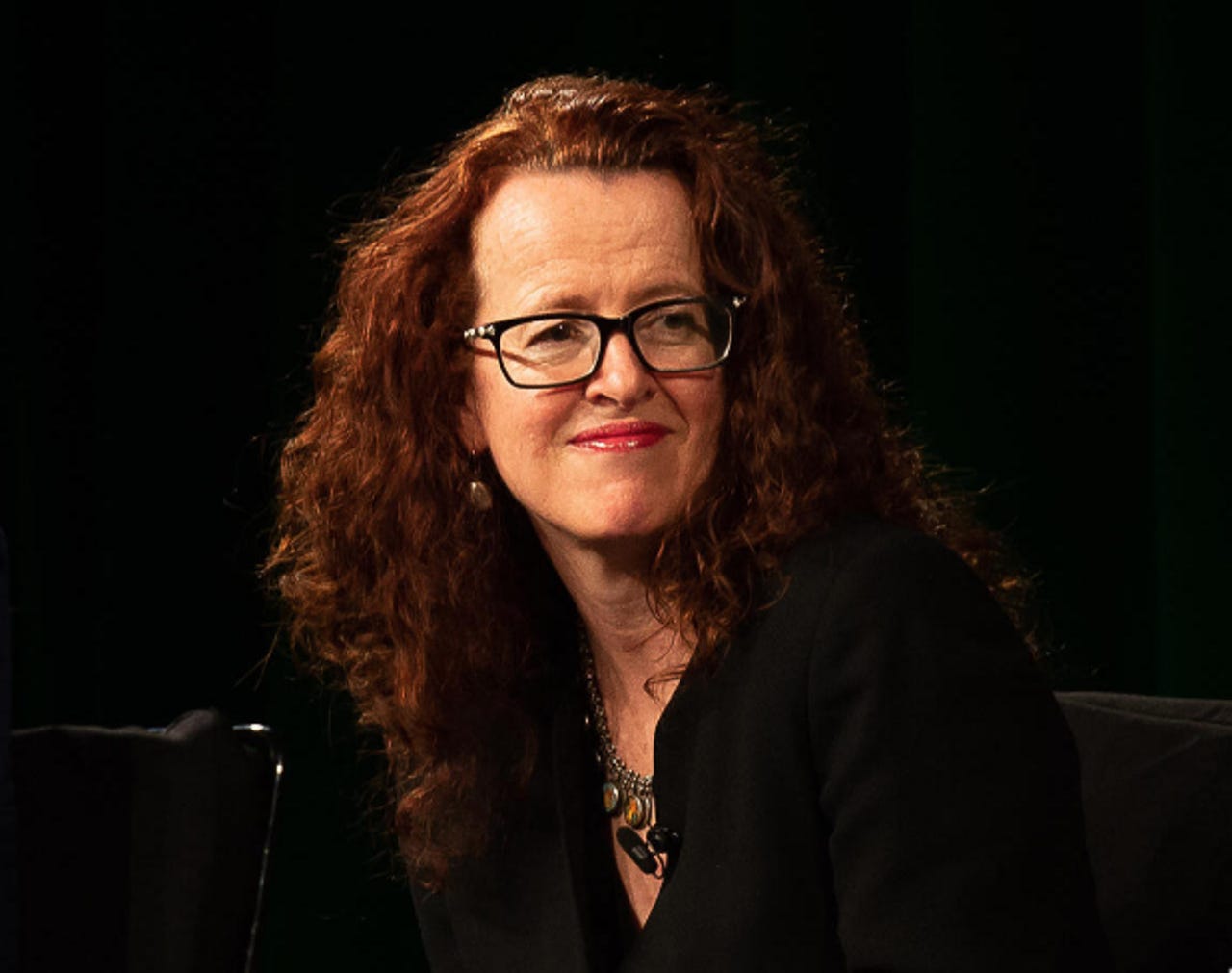Genevieve Bell's mission to establish a new branch of engineering


When Genevieve Bell was asked to join the Australian National University (ANU) as a distinguished professor two years ago, she wanted to really make something out of it.
"I didn't want to just be a professor," she told a room of attendees at D61+ Live this week.
Instead, she set out a mission to establish a new branch of engineering. She explained it's a way of acknowledging that a completely new engineering skill set would be necessary for the next industrial wave --industry 4.0.
"We need people who can help make that technology work in a safe, regulated, and appropriate manner," she said.
As part of this, she launched the 3A Institute (3Ai) together with Data61, the innovation arm of the Commonwealth Scientific and Industry Research Organisation (CSIRO), two years ago. The institute has been designed to address various challenges around the application of artificial intelligence by asking questions around autonomy, agency, and assurance.
One year after establishing 3Ai, Bell developed a new Masters program dedicated to further exploring this new branch of engineering. This attracted support from industry heavyweights such as Microsoft, KPMG, and Macquarie Group.
See also: How AI will impact Australian labor market, and how many jobs will die because of it (TechRepublic)
After receiving 173 applications from around the world, 16 individuals were selected -- 50% of whom were female -- to participate. Bell said the first cohort of students are three weeks away from finishing their first year, and she's about to finalise the selection for a second cohort.
"Our theory in some ways was what do we need to do to equip people. One is you need to move from a world of solving problems to a world of being able to frame critical questions," she said.
"Because it turns out if you want to think about how you take something to scale, it's not just about the right thing, it's about for whom, for what circumstances, what are going to be the challenges … part of the curriculum has been how do you grow, how do you ask critical questions, how do you frame your questions, how do you draw that answer out, and roll that out to a broader conversation. Think of it as critical thinking 2.0."
As part of the program, Bell said the students have also been exposed to "all pieces of technology" from coding, machine learning, data science, and even thinking about how embedded compute helps physical objects move.
She noted the learnings however, have not happened in isolation. "We've been bringing people in to talk to the cohort, taking people out … and when they finish, they will be introduced to internships, cadetships, and I hope it becomes a way of taking those conversations out," she said.
But bringing this new branch of engineering into existence through teaching is only one part the equation, Bell said. The other part has been finding answers to critical questions about the impact that cyber physical systems will have.
These questions range from where the decision of how these cyber physical systems will sit to whether different interfaces that are being developed should speak to each other.
"Those are technical questions, architecture questions, engineering questions, regulatory questions, social questions, and cultural questions," she said.
Related coverage
- Industry calls for joint participation to cement Australia's digital future
- UNSW and Swinburne launch initiatives exploring the future of work
- Most people would prefer to be replaced by a robot, not a human
- Singaporean IT employees more keen on skills upgrade than higher pay
- Thinking outside the bot: Automation and the future of employment (TechRepublic)